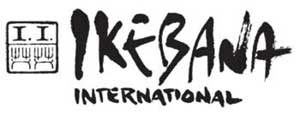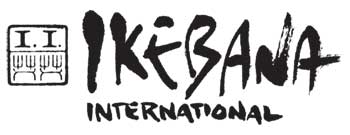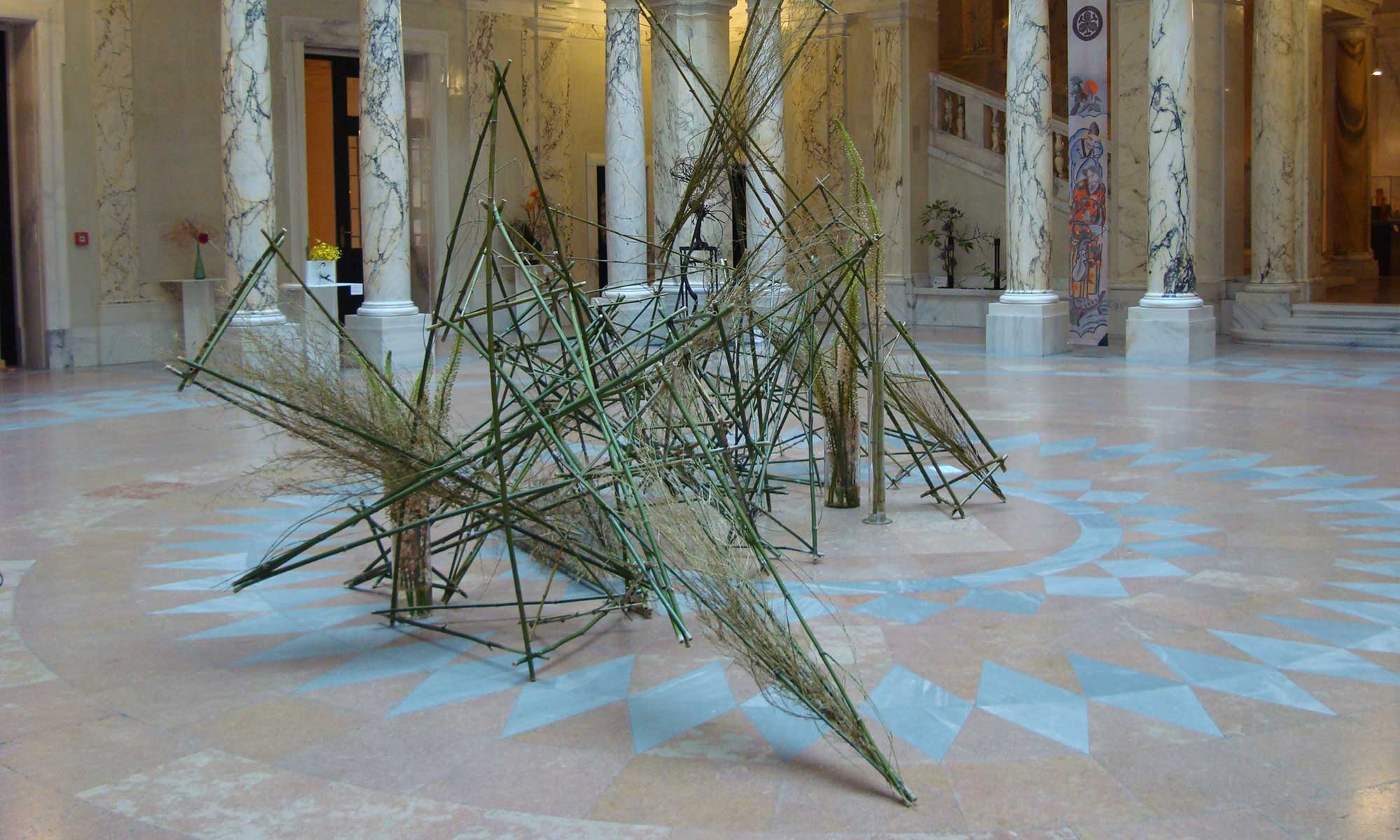In Japan more than 3000 Ikebana-Schools are established today. The Ikebana International Vienna Chapter represents four of them:
Ichiyo
一葉式いけ花
The Ichiyo School of Ikebana was founded by brother and sister Ichiyo and Meikof/Meiko Kasuya in 1937. The head of the school Akihiro Kasuya (1983-2019) was followed by his son Naohiro. The school has pursued a new course in ikebana teaching, namely systematically structured textbooks, slides and clear composition of line, form, colour, and emptiness – all in balance of asymmetry.
Ichiyo-School arrangements show parallels to rhythm and music, especially in the fluent form, but also in the crossing form. The later has a long tradition in the Ichiyo School.
The fact is that the Ichiyo School was the first school who introduced the crossing lines to ikebana, at a time when this style was still generally regarded as a discordant/dissonant one.
Ikenobo
池坊
Ikebana has its roots in the Buddhist flower offertories. This tradition was transferred from China to Japan in the 7th century. In the mid-fifteenth century the Ikenobo School was documented for the first time and received the imperial title ‘Parent house of flower teaching.’ Having its headquarters in Kyoto the school is not only the oldest, but also the largest Japanese ikebana school headed by Ikenobo Senei, the 45th successor, and his daughter Yuki Ikenobo. Both classical-traditional and free ikebana forms are instructed.
The oldest Ikebana form, Rikka, represents the cosmos with its nine main lines. In the beginning Rikka was arranged by priests in honour of Buddha. In the course of time ikebana was loosened from the religious context and spread in noble and samurai circles.
Under the influence of Zen Buddhism the modest forms Shoka and Nageire developed by the 17th century following strict rules of arrangement. These rules reflect the attentive observation of nature being based on philosophical foundations that are also practised in other Japanese artforms. The arrangement elements are reduction, abstraction, asymmetry, and modesty. Discreet colours and natural form are the main characteristics of the classical style.
Misho-ryu
未生流
Mishosai Ippo, founder of the Misho-School in Osaka, lived from 1761 until 1824. The emphasis of his expressive forms is the classical Kakubana style (Seika) invented by Mishosai Ippo himself. The arrangement is surrounded by a circle. A square is inscribed in this circle resulting from the connection of the four contact points of the arrangement with the circle, representing inwardly the earth and outwardly with the four angles the four seasons and the four directions.
The all-embracing circle and the resulting inner square form the unity of heaven and earth. Due to the perpendicular middle-axis there are two triangles, standing for light and shadow. In each of the triangles three branches are arranged symbolizing heaven (TEN), earth (CHI) and man (JIN). This basic form Kakubana expresses deep respect for the harmony between nature and man.
Besides Kakubana other forms are arranged like Nageire (in tall vases) and Moribana (in shallow containers). These forms are not subject to strict rules. They enable the artist to express his feelings and thoughts, to accentuate the colours and characteristics of the material.
Sogetsu
草月流
Talking about modern ikebana today, it is meant first of all the form of ikebana that has been instructed and become known all over the world by the Sogetsu-School in Tokio.
The Sogetsu-School was founded by Sofu Teshigahara in 1927 in Tokio. From childhood he was instructed in the art of flower arranging by his father, an ikebana-teacher. First working as sculptor and calligraph, Sofu Teshigahara soon became the most distinguished ikebana-master of the 20th century. He attained international recognition as artist and directed the school until his death in 1979.
He was followed by his daughter Kasumi Teshigahara as Iemoto (headmaster) until 1980. After her death her eldest brother Hiroshi Teshigahara became the third Iemoto. At that time he had a brilliant career as film director and was a famous ceramist and calligraph, too. Big bamboo installations indoors and outdoors in nature were his speciality.
Since april 2001 Akane Teshigahara, the second daughter of Hiroshi, follows her father as the fourth Iemoto. She is the first Iemoto who has developed the instruction for children.


